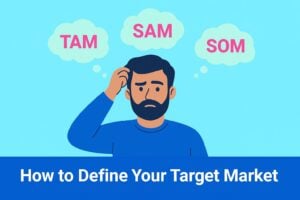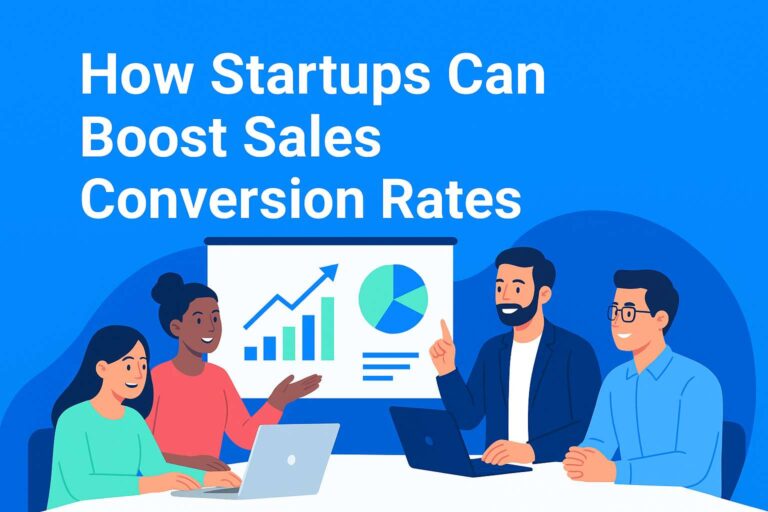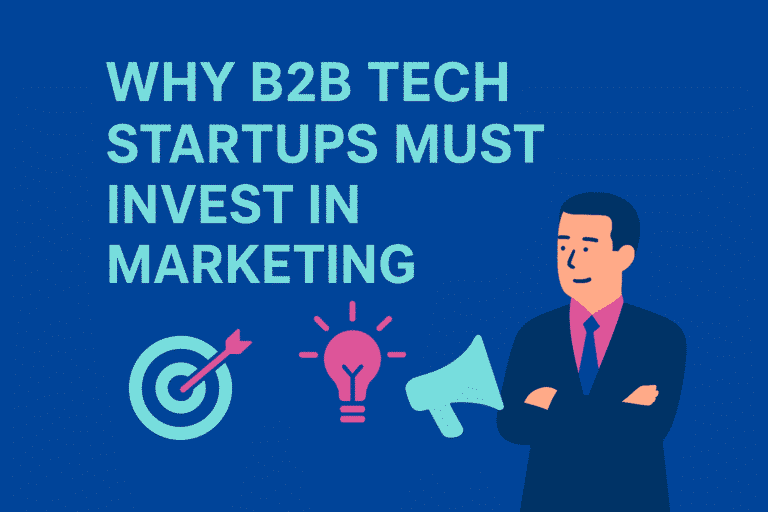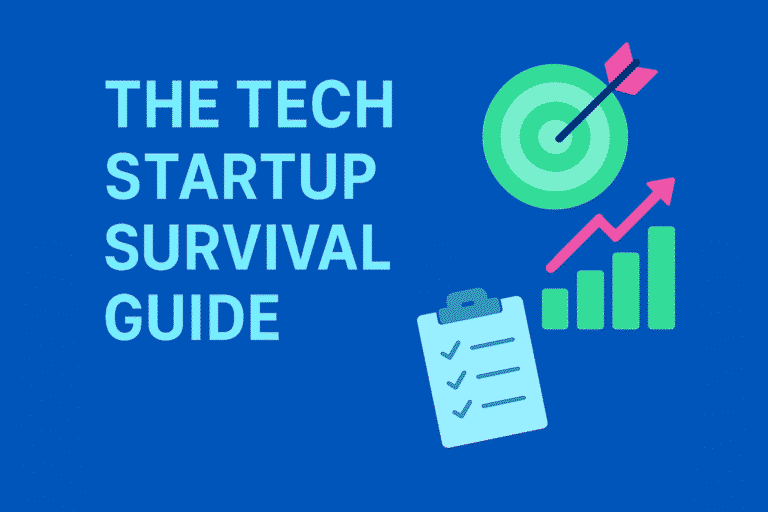Understanding Modern Buyer Behaviour in a Research-Driven World…
The B2B buying process will never be quite the same again. It is no mystery that 94% of buyers conduct online research before speaking to a salesperson and 75% prefer a rep-free experience.
What this means is:
- Buyers don’t want to be sold to — they want to be guided
- They don’t want a product pitch — they want a trusted advisor
- And they don’t want friction — they want confidence
The traditional model of outbound-driven, relationship-first sales is being replaced by a self-directed, content-informed and digital-first buyer journey. Let’s take a look at the key trends behind modern B2B buyer behaviour and consider actionable strategies to help startups build trust faster, enable smarter selling, and drive growth.
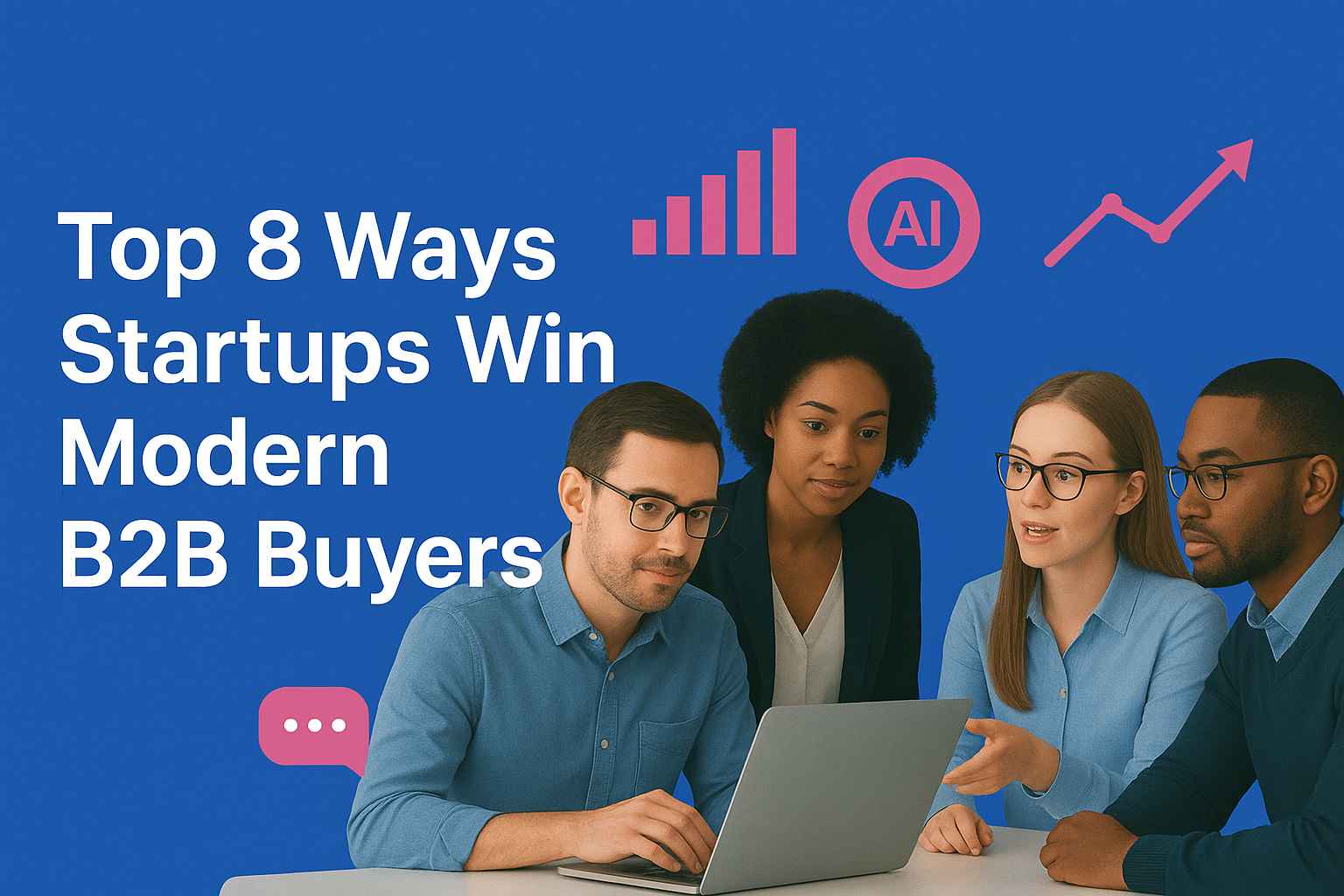
1. The Rise of the Self-Directed Buyer
Self-service starts even before a purchase. For B2B tech startups, this presents both a challenge and an opportunity. Buyers are more informed than ever, but they’re also overwhelmed, sceptical and less willing to engage until later in the process. Winning their attention and trust now depends on how effectively you align your marketing, sales and product experiences to support their independent decision-making. Modern B2B buyers operate on their own terms.
The average buyer now completes 70% of their decision-making before engaging a sales rep and 89% research pricing online. This means that, for startups, your digital presence is now your first salesperson. Buyers expect to find everything they need — product details, case studies, ROI evidence, customer reviews and thought leadership — without needing to pick up the phone. If your website, content, and online footprint don’t deliver that experience, you’ll lose credibility before the first sales call even happens.
Actionable Takeaways:
- Make the Website Your Best Salesperson
Ensure every key buying question (pricing, use cases, integrations, ROI) is answered clearly and confidently online.
- Invest in Buyer-Enablement Content
Create comparison guides, product demos, and “how-to” explainers that help buyers progress through their journey independently.
- Embrace Transparency
Don’t hide pricing or features behind forms. Startups that build trust through openness attract higher-quality leads.
2. The Buying Committee – It’s Complicated
Today, 63% of B2B purchase decisions involve at least five stakeholders. Each plays a unique role — from technical evaluators to finance, operations and end-users — and each consumes information differently. The challenge for startups is understanding this “hidden buying team” dynamic, where most of the process happens behind the scenes. Buyers consult colleagues, internal channels, industry reports and external peers long before you’re invited to the conversation.
Actionable Takeaways:
- Map the Buying Committee
Identify your key personas — from IT and procurement to business owners — and create messaging and content that speaks to each role’s priorities.
- Build Consensus Through Content
Use ROI calculators, whitepapers and use case stories that make it easier for your champions to persuade others internally.
- Enable Your Advocates
Provide shareable summaries, email templates and slide decks your internal champions can use to sell your product on your behalf.
3. The Trust Gap in Vendor Content
While buyers want to self-educate, they’re not impressed with what most vendors offer, with 53% of buyers saying vendor content lacks relevance to their pain points. More concerning is 57% say sales reps aren’t prepared with relevant insights. This disconnect represents a big opportunity for startups to be more targeted. In an environment crowded with generic marketing messages, relevance and authenticity become your competitive advantage.
Actionable Takeaways:
- Lead With Empathy
Build content around real customer problems, not just your product features. Case studies and founder-led storytelling can humanise your brand.
- Use Data to Personalise at Scale
Tools like HubSpot, Clearbit and Mutiny can tailor web and email content to each visitor’s industry or buying stage.
- Align Marketing and Sales
Ensure your sales team knows which content to use for each stage of the funnel. A well-equipped salesperson should sound like an extension of your content strategy.
4. The Demand for Personalisation and Speed
The modern B2B buyer expects both personalisation (80%) and speed of response (68%). Startups often assume they can’t compete with larger companies on responsiveness, but automation and AI now level that playing field. Buyers select vendors who combine quality content with quick response. The implication? Your follow-up speed and digital experience can make or break a deal.
Actionable Takeaways:
- Automate Initial Engagement
Use chatbots or AI-driven lead qualification to respond instantly and guide users to relevant information.
- Adopt a “Minutes, Not Hours” Response Culture
Even if automation handles the first touch, ensure human follow-up happens fast.
- Personalise Intelligently
Segment your audience by behaviour and intent, not just demographics. Trigger relevant content recommendations based on what prospects engage with most.
5. The Push for Simplicity and Self-Service
One of the biggest contradictions in B2B buying today is that while buyers are more informed, 60% feel the sales process is too complicated or time-consuming.At the same time, 58% of buyers actively want self-service options. For startups, simplifying the buying journey is more than just good UX, because it’s now a growth-enabling strategy. The easier it is for a prospect to understand, trial and buy your product, the higher your conversion rate.
Actionable Takeaways:
- Offer Free Trials and Self-Guided Demos
Let prospects explore at their own pace while capturing behavioural data.
- Streamline Your Pricing and Onboarding
Eliminate friction — complexity kills deals.
- Use Automation Thoughtfully
Deploy AI tools that simplify scheduling, document sharing and proposal generation.
6. The Power of ROI and Guidance
Ultimately, 74% of B2B buyers choose vendors who demonstrate ROI during the sales process, and a staggering 95% say they’re more likely to buy from vendors who help them navigate complex decisions. In other words, startups that educate rather than sell win more deals. Buyers aren’t looking for software; they want solutions that give them the confidence to reach their business objectives.
Actionable Takeaways:
- Become a Trusted Guide
Build tools that help buyers calculate potential ROI or benchmark performance.
- Use Storytelling to Show Outcomes
Don’t just claim benefits — show real customer transformations.
- Align Metrics with Customer Goals
Speak the language of your buyer’s KPIs: time saved, cost reduced, revenue increased etc.
7. Digital Presence is the New Sales Channel
83% of buyers access digital channels during their purchase journey. From review platforms to social media, buyers are forming opinions long before they reach your website. Your startup’s credibility depends on its consistency across all these digital touchpoints: LinkedIn presence, founder thought leadership, content SEO and community engagement.
Actionable Takeaways:
- Optimise Every Channel for Discovery
Ensure your brand voice and value proposition are consistent across social, website and partner sites.
- Build Founder Visibility
Buyers trust people more than logos, so invest in personal branding on LinkedIn, speaking at industry events and podcasts.
- Leverage Social Proof
Reviews, testimonials and case studies act as digital trust accelerators.
8. Adapting Sales to the New Reality
While automation and digital content lead the buyer journey, the human element still matters, but it comes at a different stage. The challenge is that salespeople now enter the process later, when buyers are already informed and expectations are high.
Actionable Takeaways:
- Train Sales for Insight-Based Selling
Equip salespeople with relevant industry data, competitor intelligence and value-focused messaging.
- Integrate Marketing Analytics into Sales
Use CRM and intent data to understand where each prospect is in their journey.
- Reframe the Role of Your Sales Team
Instead of persuaders, salespeople become consultants who help buyers make sense of information.
The New Rules of B2B Engagement
The modern B2B buying process is driven by independence, complexity and high expectations. Startups that succeed will be those who combine credibility with simplicity, personalisation with speed and automation with authenticity. With digital-first decision-making now the norm, your ability to educate, personalise and simplify will determine how quickly you can convert attention into revenue.
*Sources:
- 94% of B2B buyers conduct online research before contacting a sales rep (Source: Accenture).
- 75% of B2B buyers prefer a rep-free experience (Source: Gartner).
- 63% of B2B purchase decisions involve at least 5 people (Source: Demand Gen Report).
- 70% of buyers fully define their needs before engaging with a sales rep (Source: Forrester).
- 80% of B2B buyers expect a personalized buying experience (Source: Salesforce).
- 53% of buyers find vendor content lacking in relevance to their pain points (Source: Content Marketing Institute).
- 57% of buyers feel sales reps are not prepared with relevant insights (Source: CSO Insights).
- 83% of B2B buyers access digital channels during their purchase journey (Source: McKinsey).
- 61% of buyers select vendors who deliver a mix of quality content and quick response (Source: Demandbase).
- 68% of buyers say speed of response impacts their buying decision (Source: InsideSales).
- 89% of B2B buyers research pricing before engaging vendors (Source: TrustRadius).
- 74% of B2B buyers choose vendors that demonstrate ROI during the sales process (Source: SiriusDecisions).
- 95% of B2B buyers say they’re more likely to consider a vendor who guides them through complex decisions (Source: Gartner).
- 58% of buyers want self-service options during the buying process (Source: McKinsey).
- 60% of buyers say the sales process is too complicated or time-consuming (Source: Challenger Inc).
You may want to read: “How to Define Your Target Market.”
